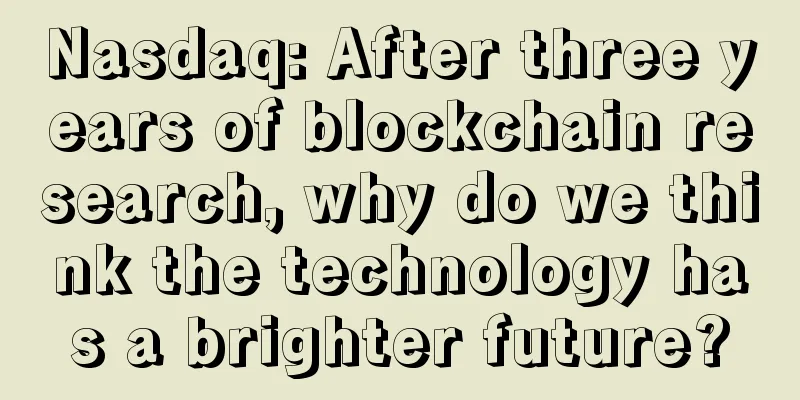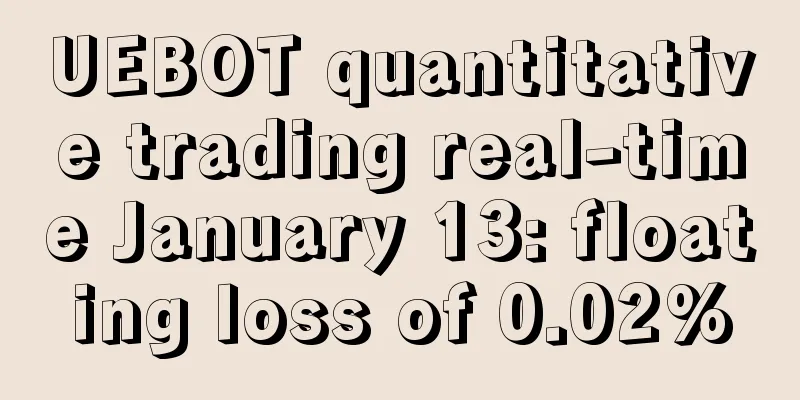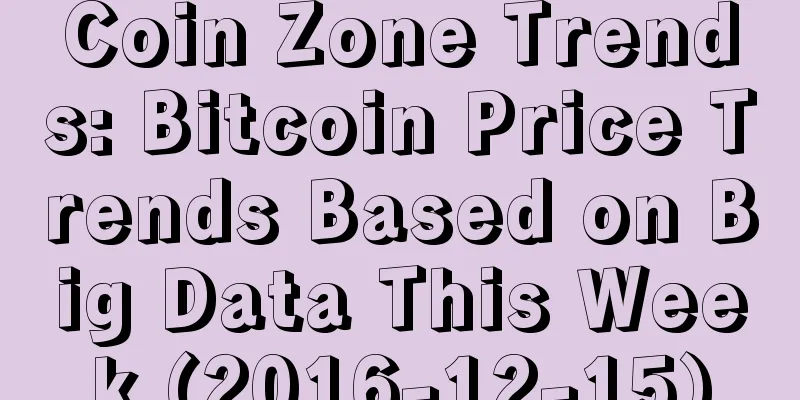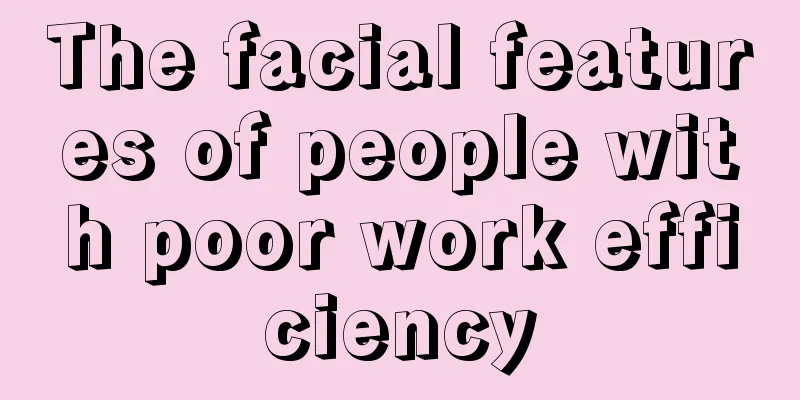Nasdaq: After three years of blockchain research, why do we think the technology has a brighter future?

|
As vice president of blockchain innovation at Nasdaq, Fredrik Voss is one of the most experienced executives working on blockchain technology, a technology that has the potential to revolutionize financial services and other industries. A recent report by Bain & Company shows that 80% of financial market participants believe that this technology can transform their industry and expect their companies to adopt it by 2020. Nasdaq is one of the few traditional financial services companies to have launched a blockchain product, Nasdaq Linq, a platform for private companies to manage their company shares. It has since been testing a blockchain-based electronic voting system in Estonia. So based on his personal experience, what does Voss think of blockchain? He said:
On my recent show, Voss talked about what he’s learned about blockchain over the years, how Nasdaq evaluates a blockchain project, how the technology needs to evolve to go mainstream, and why he believes blockchain can provide a protective shield for regulators. Voss said Nasdaq is interested in three main areas of blockchain application: post-trade exploration in capital markets, regulatory transparency, and managing relationships between asset issuers and asset investors. (Frederick Voss, Vice President of Blockchain Innovation at Nasdaq) Linq is the third application mentioned above, replacing the original paper certificate system, which is likely to become outdated or invalid due to certificate updates. Voss said that Linq is "more efficient, and its electronic process also makes mistakes less likely." This blockchain electronic voting system can solve many problems. It can help participants to vote remotely, and shareholders can also vote by proxy.
The company also launched a financial framework that allows users to connect different types of blockchain networks and traditional databases so that participants can easily launch a new model and achieve conversion between multiple networks. Voss noted that Nasdaq “is a technology company that has been in the financial sector for more than 20 years… for us, the emergence of blockchain is like a normal weekday scene, not Christmas morning.” However, he believes:
In addition, he said that recent technological innovations in the financial sector are all related to the front end, such as the transaction process, while blockchain focuses on upgrading the back end (post-transaction processing), that is, the process after the transaction is completed and used or after the cash and securities are transferred. He also mentioned that blockchain technology can help Nasdaq communicate well with regulators. They "can provide regulators with a special node in the blockchain ledger network, so that regulators can view the operation process of the company on a larger scale with higher transparency."
Finally, Voss offered advice for companies planning to deploy blockchain technology in their products and services, including what they should do, what they shouldn’t do, what attitude they should have, and more. |
<<: Why Asia is leading the way in blockchain adoption sooner than expected
>>: West Virginia lawmakers want to make Bitcoin money laundering a felony
Recommend
ABN AMRO cooperates with local universities on blockchain project
Rage Review : ABN Amro is a state-owned bank and ...
What does a mole on the sole of the foot mean and what is its meaning
Everyone knows about moles, because everyone has ...
Six palm lines that can help you marry a rich man
Six palm lines that can help you marry a rich man...
Citibank: Blockchain technology is still far from golden age
Citigroup says blockchain technology could ultima...
How is the fortune of a person with sandy soil and phoenix eye pattern in life?
People with the Sand-Earth element in their desti...
Do people with white eyes know how to manage money? Does saving money depend entirely on your mood?
Four white eyes is one of the shapes of eyes. The...
What should I do if the crescent moon disappears?
The crescent is the white arc on our fingernails....
Do you know what the bitterness mole means?
Do you know what the mole of misery means ? Perha...
Twitter user: Due to the sluggish oil market, a Canadian oil mine has started mining
According to BlockBeats, Twitter user Steve Brrrb...
Why do people with full foreheads have good fortune? What does a full forehead mean?
Analysis of the facial features of a full forehea...
Japan continues to expand its mining business, and this city is recruiting cryptocurrency miners
Kazuno, a city known for its renewable energy and...
What kind of women have artistic talent?
In ancient times, women were considered virtuous ...
What does a mole on the shoulder mean?
What do moles on shoulders represent? Moles are d...
People with wide eyebrow distance are broad-minded and tolerant.
The area between the eyebrows is probably the Yin...
The first episode of the blockchain documentary series "New Blockchain" starts with Bitcoin
Click to watch the first episode of "New Blo...









